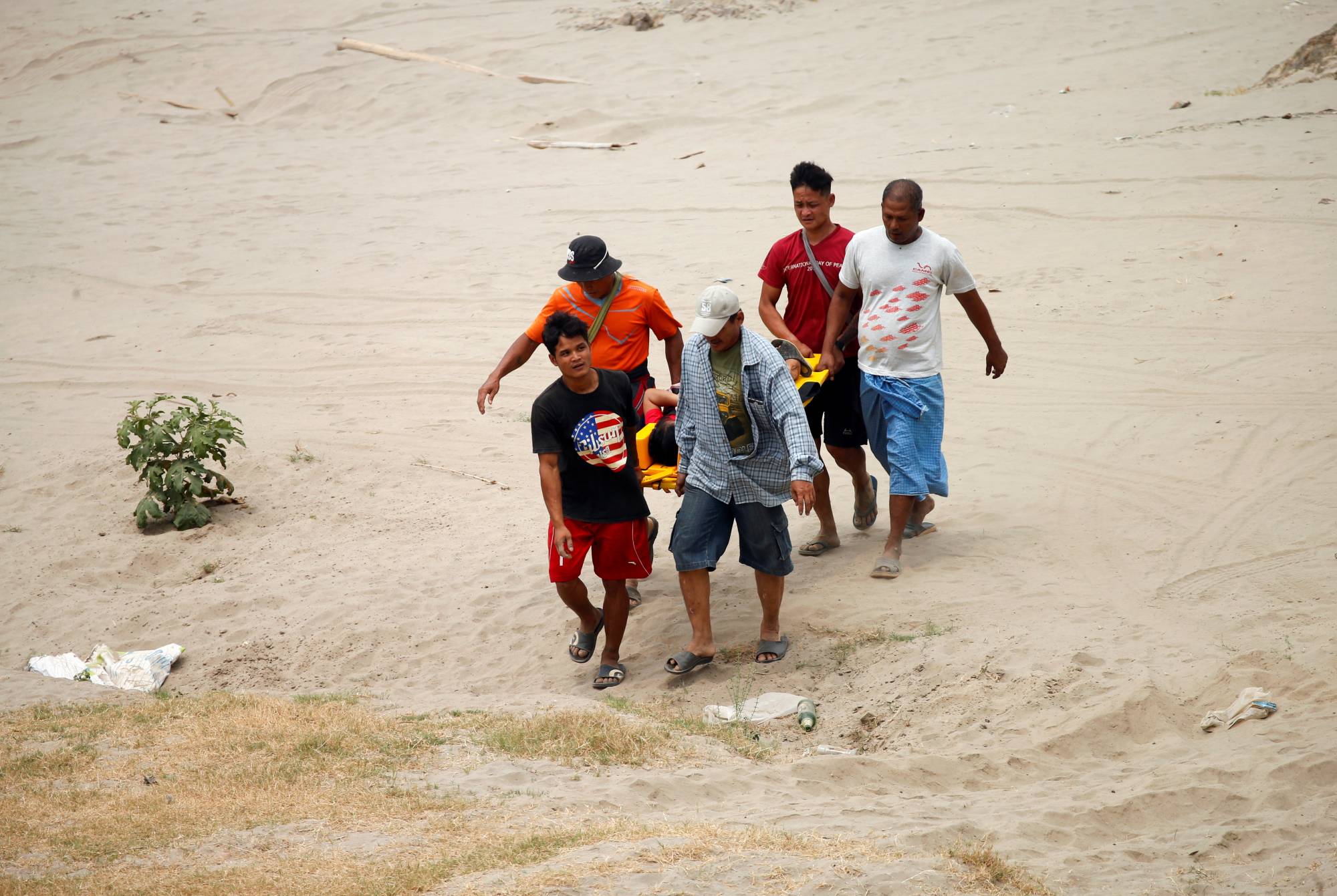The situation on the ground in Myanmar has continued to deteriorate since the military coup on Feb. 1. Violent clashes have broken out around the country and Myanmar's military and security forces have killed hundreds of people, with thousands being jailed. In addition, hostilities seem to be heating up again in ethnic minority regions, and some of the anti-junta protesters, who originally focused on nonviolent demonstrations, have begun to launch guerilla-style attacks on soldiers and other institutions of state power.
Although the Association of Southeast Asian Nations held an emergency summit to address the Myanmar crisis and released a five-point plan designed to calm tensions, ASEAN’s intervention thus far seems to have little hope of succeeding.
The regional group's plan did not call for the release of political prisoners, a point demanded by the opponents of the junta, and also left open a timetable for moving toward resolution of the crisis. After junta leader Min Aung Hlaing returned to Myanmar from the summit, he and the rest of the military seemed to disavow the vague promises they had made at the summit and continue the use of tough tactics designed to maintain their grip on power.

















With your current subscription plan you can comment on stories. However, before writing your first comment, please create a display name in the Profile section of your subscriber account page.